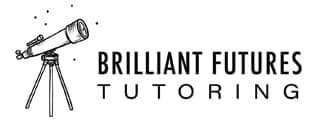Brilliant Futures Tutoring (BFT) uses the Orton-Gillingham (O-G) based Barton Reading and Spelling System Program as our core program and six secondary programs in our tutoring practice.
Our 5 Secondary Programs include:
- Foundation in Sounds – used initially to improve a student’s discrimination, auditory memory size, and auditory sequencing skills
- 1-Minute Activities from Equipped for Reading Success – a complete program for training phonemic awareness. Phonemic awareness is the ability to isolate and manipulate each individual sound in a word.
- Let’s Read, A Linguistic Approach – word family approach to building reading fluency skills.
- Rainbows and Slides for teaching manuscript writing
- Direct Path to Cursive, the Quickest Way to Fluent Cursive for teaching cursive – by Don Potter
PLUS Interactive Activities are used to engage students and reinforce concepts taught
Barton Reading and Spelling System Program is the cornerstone of instruction, but the secondary programs complement Barton and amplify success. Secondary does not mean unimportant. Each of the secondary programs embrace the O-G philosophy of a structured approach which is multi-sensory, explicit, sequential, incremental, and cumulative.
Orton-Gillingham (O-G) Method of Instruction
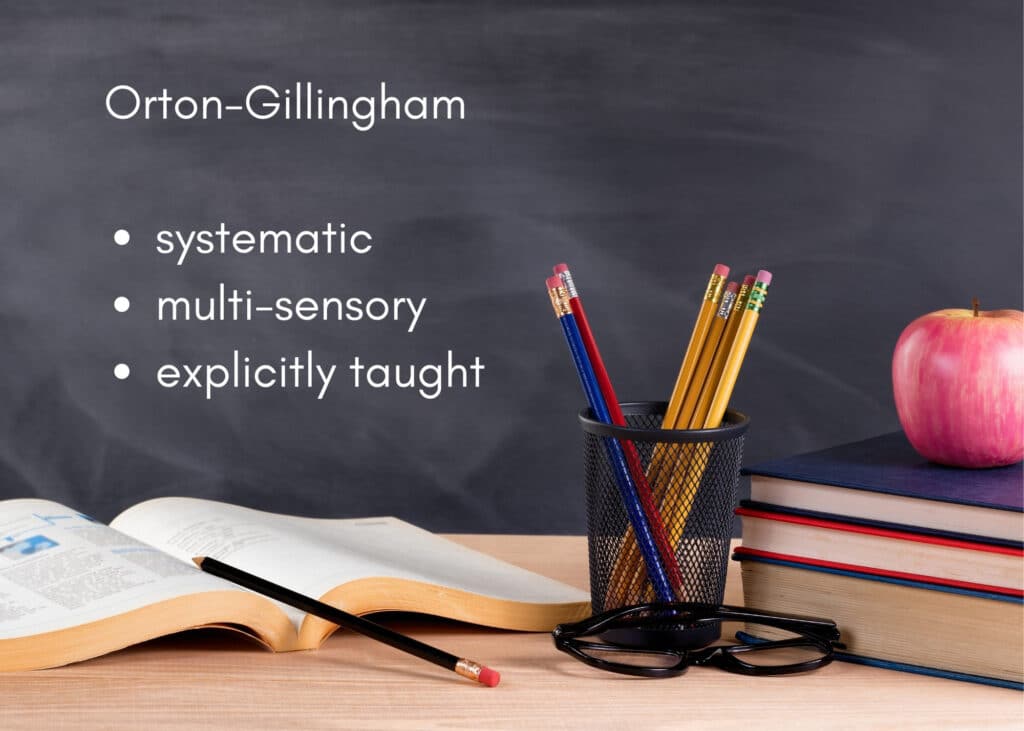
Approaches that include a systematically organized and explicitly taught program of phonics result in significantly better word recognition, spelling, vocabulary, and comprehension.
(Chall et al ,1890 )
O-G is a method of teaching known as a structured language approach or intense phonics method of teaching reading and spelling. It was specifically designed to assist persons with dyslexia, who experience a language processing challenge. Its benefits, however, extend to all persons who struggle with learning to read or spell and for new learners.
O-G is not a belief system; it is based on the Science of Reading and how the brain works.
O-G is different from a whole language approach in three ways:
- What is taught
- reading and spelling are taught simultaneously
- How it is taught
- Systematic structured approach, explicit, and multi-sensory.
- Phonemic Awareness, Phonics, spelling rules and concepts are taught intensely and explicitly.
- Controlled Text
- text that matches a student’s reading level.
- Students are able to read each word independently – without pictures and without guessing – because the words used are controlled, or restricted, to words they can sound out based on concepts they have learned or words they have memorized as sight words.
One-on-one individualistic tutoring tutoring enhances its benefits because students are matched to their current skill level and progress at their own speed. Students thrive with increased confidence in their word-attack skills.
Comprehension strategies are taught as needed. The Barton program is unique in that it explicitly teaches phrasing. Phrasing fosters reading fluency and comprehension.
Why Teach Spelling?
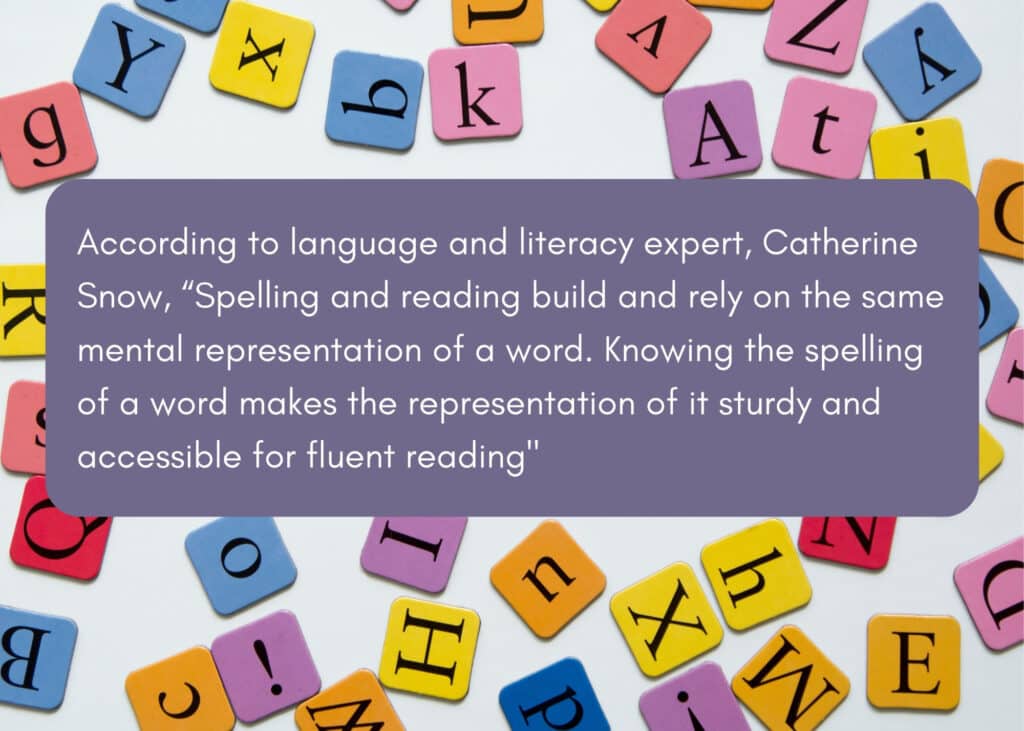
(Knowledge to Support the Teaching of Reading: Preparing Teachers for a Changing World, 2005, p. 86)
There is a strong correlation between spelling and reading skills. Spelling has a major impact on reading fluency and comprehension because it influences phonemic awareness (the ability to isolate and manipulate each individual sound in a word) and phonemic awareness is a building block of reading skill development.
Spelling a word helps to “seal” it in your brain for reading and spelling purposes.
Spelling challenges a student to integrate how a word sounds with how it looks. Students learn how to analyze a dictated word that they haven’t seen before based on spelling rules and concepts they have previously been taught. They don’t just translate sounds into letters – they simultaneously apply concepts and spelling rules they have learned. Learning the “how and why” of spelling is a highly beneficial skill which will help grow their spelling and vocabulary skills. Their growing confidence in letter patterns and words will enable them to read and comprehend more complex texts, which will benefit them in day-to-day activities and throughout their education.
“But English spelling is so odd!” Actually, English spelling is more predictable than you may realize. Depending on the article one reads, only 4% to 16% of words have an irregular spelling, often attributable to changing pronunciations over hundreds of years.
A distinguishing feature of Orton-Gillingham instruction is that students are never given lists of spelling words to memorize. Rather, they are taught concepts and spelling rules, learn how to read and spell words that demonstrate those concepts/rules learned, and then dictated words and sentences that use the concepts/rules learned. Fluency drills are provided for additional practice to reinforce the concepts/rules learned.
Systematic Structured Approach

Orton Gillingham programs use a systematical, structured approach:
- Skills are taught sequentially, from simple to complex
- Skills build cumulatively, one upon the other, in a logical progression.
Explicit Instruction
Explicit instruction is structured and guided teaching where learning is not left to guesswork. All concepts are taught directly.
Explicit instruction is a teaching strategy that uses highly structured and sequenced steps to teach a specific skill. Instruction and activities align directly with clearly outlined learning objectives. Barton is explicit because it follows a very definite sequence of instruction for reading and spelling and all concepts are taught directly following a very definite procedure.
The three steps of explicit teaching are: modelling, guided or directed practice, and independent practice. The tutor demonstrates to the student what they are to do, then guides them or directs them through activities to practice the new concept, and lastly, students are given the opportunity to practice the new skill independently. Examples of explicit teaching:
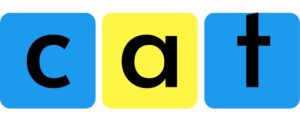
Using Whizzimo interactive computer program for Barton or Barton’s physical wooden tiles, the tutor dictates a word. The student repeats the word, then “finger spells the word” (uses fingers to break word into sounds, one sound per finger), “sounds as spells” (says each sound as brings down the corresponding tile), and lastly, reads the word exactly as they spelled it. If the student doesn’t self-correct a mistake made (wrong tile brought down or incorrectly reads word) the tutor will use questions to elicit a correct response.

Same dictation process as above. This time, instead of bringing down tiles to represent each sound of the word, students print the letters that correspond to each sound of the word. As with the tiles, students “sounds as spells.”
Multi-Sensory Learning
A multi-sensory approach has been proven effective for all students, not just students with dyslexia. Why? Because using all of the senses helps concepts and sounds to “stick” and results in better memory of the skill.
The O-G approach uses a logical sequential system that involves the visual, auditory, kinesthetic, and tactile senses to teach the phonemic structure (sound/symbol relationship) and spelling rules of our written language. Its multi-sensory approach facilitates visual and auditory learning. A simple illustration would be a student seeing the letter A, saying its name and sound while writing it in the air or bouncing on a trampoline, or slapping the sound on a pool noodle—all at the same time. Or, if a student needs reinforcement of the syllables concept, he could bounce out the syllables on a trampoline, clap the syllables, put their hand under their jaw and count how many times their mouth opens and closes, or slap a each syllable with a pool noodle (if the student is unable to count and slap at the same time, place large cards on the ground numbered from 1 to whatever the syllable count is that you are practicing and have students slap the card as they say the syllable).
The examples of explicit teaching (above) also demonstrate multi-sensory learning.
Phonological Awareness is the Key to Success!
Read about phonological awareness to understand why Brilliant Futures Tutoring incorporates Foundation in Sounds and Let’s Read into its reading program.

It is a common assumption that remembering words is a result of seeing them and memorizing sequences of letter names or shapes of words. However, research has proven that the brain stores the vast majority of words by their sound sequence – not by sight!
- The brain maps the pattern of sounds within words for later recall in reading, which means that …
- Strong reading and spelling skills is first and foremost about being able to differentiate sounds, which brings us to …
- Phonological Awareness, which is all about learning to differentiate sounds!
“A student’s level of phonological awareness at the end of kindergarten is one of the strongest predictors of future reading success, in grade one and beyond.”
“Strong phonological skills lay a foundation for long-term outcomes in reading fluency and comprehension.”
Phonological awareness is the ability to hear, isolate and manipulate or break apart and re-organize phonemes – the smallest units of sound in a word. For example, the word “hat” has three phonemes, /h/- /a/ – /t/, and the word “chick” has three phonemes, /ch/ – /i/ – /ck/.
Three Levels of Phonological Awareness
- Syllables – as well as rhyming and alliteration (word play involving words beginning with the same sound.
- A syllable is a word or part of a word with one vowel sound or one opening of the mouth. The word “hippopotamus” has five syllables, hip-po-pot-a-mus.
- Onsets, Rimes
- Onsets are any consonants before a vowel in a spoken syllable; rimes are the vowels and consonants after it, for example, in the word “cat,” “c” is the onset and “at” is the rime.
- Rimes are emphasized during Barton Level 2 with a supplementary program called Let’s Read.
- Phonemic Awareness
- A phoneme is the smallest unit of sound in a word. For example, the word “cat” has three phonemes, c-a-t. While “ship” has four letters, it has only three phonemes, sh-i-p.
Levels 2 and 3 of Phonological Awareness involve the ability to manipulate sounds within words – break apart, delete, and substitute sounds.
To recap, the fact that the brain maps sounds for later recall in reading is why phonological awareness is so vital for developing reading skills. Phonemic awareness, the highest level of phonological awareness, is the foundation on which strong phonics skills are built.
Syllables
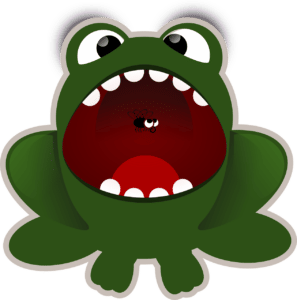
A syllable is a word or part of a word with one vowel sound
or one opening of the mouth.
What is syllabication?
Syllabication is the act, process, or method of forming or dividing words into syllables.
Practical Reasons for Teaching Syllabication
Syllabication is a word attack strategy for chunking a larger word into smaller parts. Syllabication is significant for several reasons:
- Syllabication teaches students how to read unknown words
- how to spell words
- increases reading comprehension
- increases reading rate
- is consistent with English language spelling and is used in dictionaries. Consider how easy these words are to read when broken into word parts or syllables? band-stand, rob-in, hip-po-pot-a-mus, doc-u-ment, en-chant-ed, prom-in-ent, can-dle-stick.
Multi-syllable words are presented as early as 1st grade. For students to read new words and develop vocabulary independently, they need to be able to decode words of more than one syllable.
By following syllabication rules, students can learn how to properly divide an unfamiliar word into syllables and then use their knowledge of phonics to pronounce them.
Students will be taught syllabication rules as they proceed through the Barton Reading and Spelling System.
Phonemic Awareness
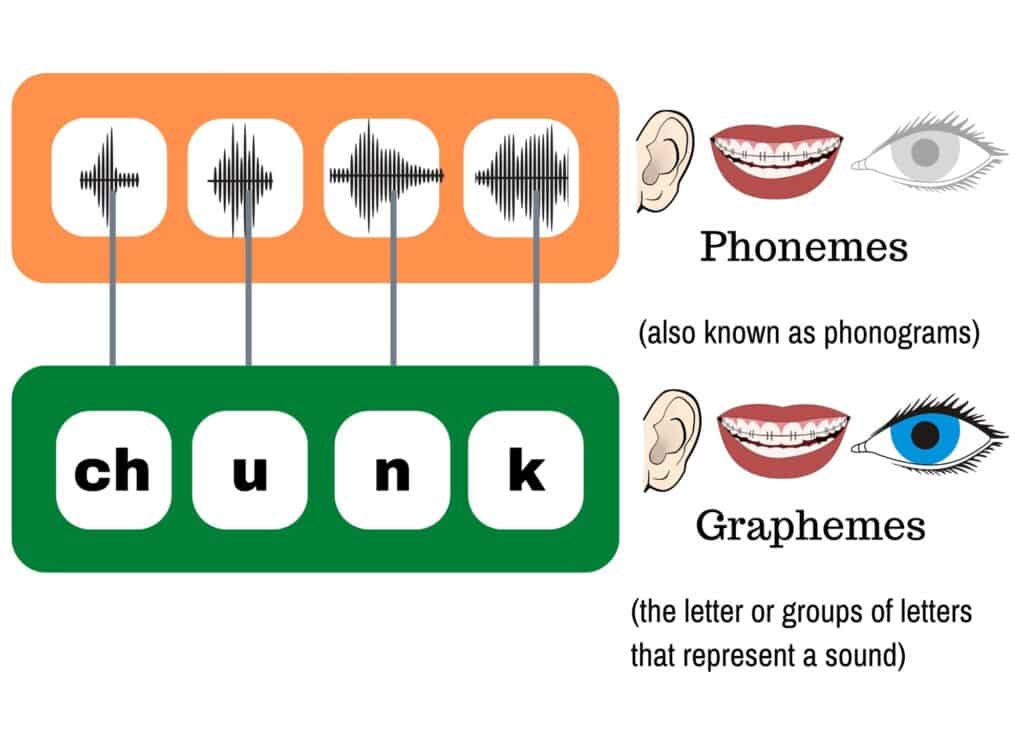
Children who lack Phonemic Awareness are unable to distinguish or manipulate sounds within spoken words or syllables. They would be unable to do the following tasks:
- Phoneme Segmentation: What sounds do you hear in the word hot? What’s the last sound in the word map?
- Phoneme Deletion: What word would be left if the /k/ sound were taken away from cat?
- Phoneme Matching: Do pen and pipe start with the same sound?
- Phoneme Counting: How many sounds do you hear in the word cake?
- Phoneme Substitution: What word would you have if you changed the /h/ in hot to /p/?
- Blending: What word would you have if you put these sounds together? /s/ /a/ /t/
- Rhyming: Tell me as many words as you can that rhyme with the word eat.
Phonics
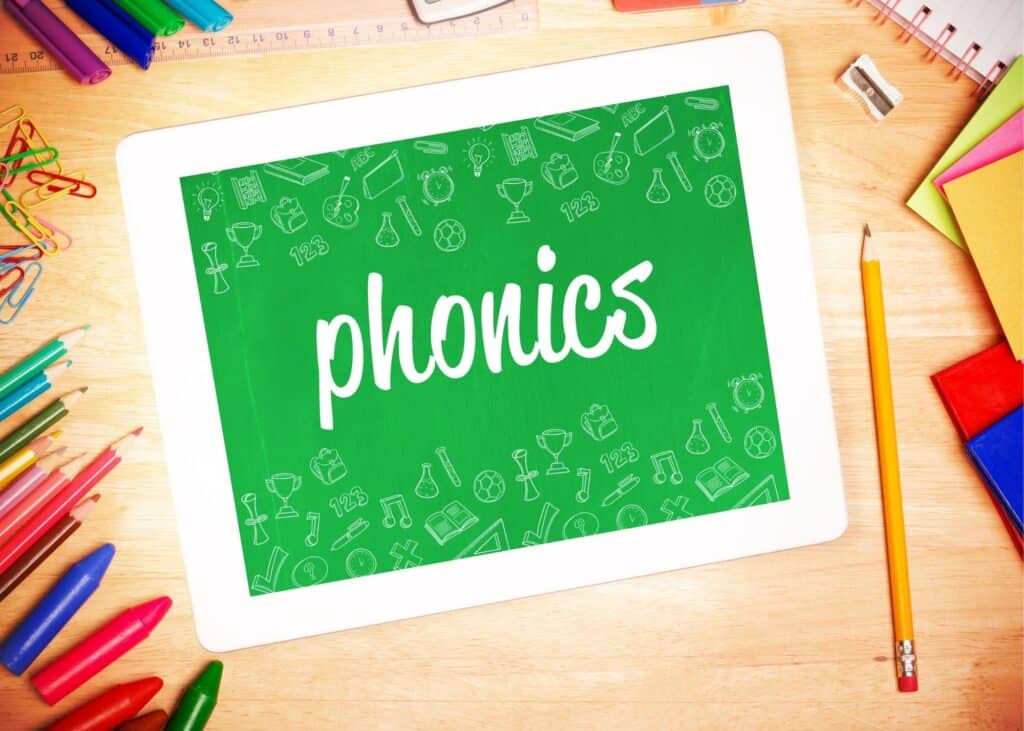
Phonological awareness is not the same as phonics; phonological awareness is all about sounds. Phonics focuses on matching letters to sounds for reading and writing purposes. Logically, phonological awareness comes before phonics. In order to become strong readers, students need a strong foundation of phonological awareness skills before being taught the letters that represent the sounds.
Phonological Awareness, known as “ear training” to my students, and then Intensive Systematic Phonics for reading and spelling instruction is the answer to strong reading skills. The O-G method of incorporating spelling rules and other concepts (kinds of syllables, prefixes, suffixes, etc.) further amplifies reading and spelling success.
Phonics Teaching Sequence
If you want to teach a child to read without utterly confusing him, you must start with single letters that stand for single sounds, then go on to sounds spelled by two-letter or three-letter combinations, and finally teach him that some letters and letter combinations have more than one sound.
BUT!
You can’t teach a child to read without letting him read words. And every word in English has a vowel. So you have to start with teaching the child the letters a, e, i, o, u in spite of the fact that each of them spells a long and a short vowel. The only way to solve this problem is to begin by teaching the child only the five short vowels (which are far more common than the long ones) and postpone the long vowels until a much later stage.
The Natural Sequence of any phonics method is:
- Step One: The five short vowels and all consonant combinations spelled by a single letter.
- Step Two: Digraphs, consonants and consonant blends (consonant combinations spelled with two or three letters).
- Step Three: Vowels and vowel combinations spelled with two or three letters.
- Step Four: The five long vowels: v-c-e (mate, mete, mite, mote, mute)
- Step Five: Irregular Spellings.
Foundation in Sounds

Auditory processing of individual sounds is vital to reading success. If a student cannot isolate sounds, hold the sounds in their memory, and repeat a sequence of sounds – they will struggle with learning to read.
Foundation in Sounds (FIS) is a great starting point to remediate auditory processing deficits. It is a multi-sensory, in-depth auditory processing training program which teaches students to correctly hear, produce, isolate, remember, and order a sequence sounds. Think of it as “ear training” to discriminate sounds. Students progress at their own pace.

22 sounds are taught using a multi-sensory approach – because using all of the senses help sounds to “stick”:
- visual cues – Students watch, learn, and imitate each sound the tutor demonstrates. For visual reinforcement students also practice making the sounds while viewing their mouths in a large mirror; Pictures and coloured tiles are used to represent the sounds.
- auditory cues – Students hear the sounds.
- kinesthetic cues – Is it a lip or tongue sound? How does the mouth and/or tongue move to make the sound. Is the sound quiet or vibrating?
- touch – Students are taught to use two fingers on the voice-box or use their hands to cover their ears to determine if a sound is quiet or vibrating; Students move and sequence pictures and coloured tiles that represent sounds.
- Except for two sounds, sounds are taught in pairs of easily confused sounds I call “confusables” – for example, /m/ and /n/, /f/ and /v/. “Ear training” is the goal; training students to hear, isolate, and repeat sound sequences of two and three sounds. No phonics is taught at this level; there is no written or spoken letter-sound matching or sounding out words.
At the earliest, students can complete the full unabridged program in 12 sessions. It is not uncommon, however, for students who have a processing or memory deficit to take much longer (e.g., dyslexia, short-term memory deficit, working memory deficit, apraxia, etc.).
If students score high on their initial phonological awareness screening, they are taken through an abridged version of FIS.
After FIS, students begin the Orton-Gillingham based Barton Reading and Spelling System.
1-Minute Activities

From the onset, each student’s lesson begins with 1-Minute Activities, a complete program proven to train phonemic awareness. 1-Minute Activities was developed by the certified psychologist Professor David A. Kirkpatrick and presented in his book, Equipped for Reading Success.
Professor Kirkpatrick has done over a thousand evaluations of students with reading difficulties during his 28 years of working in public schools. Equipped for Reading Success is a complete program for training phonemic awareness. Its’ step-by-step, sequential approach has been proven to boost students’ word recognition skills. It is designed to boost phoneme awareness, phonics, and instant word recognition.
Progression of Phoneme Awareness Skills in 1-Minute Activities
Syllables Levels D1, D2, E2, E3, E4, E5
- Basic Syllable Skills (Pre-K to first grade)*
| D1 | Delete: (cow)boy → boy |
| D2 | Delete: (un)der → der |
| E1 | Delete: (pine)apple → apple |
| E2 | Delete: (de)liver → liver |
- Advanced Syllable Skills (first to second grade and older, struggling readers)*
| E3 | Delete: (tri)angle → angle |
| E4 | Delete: (an)imal → imal |
| E5 | Delete: ele(phant) → ele |
Onset-Rime Levels F1, F2, G1, G2
- kindergarten to first grade and some older struggling readers*
| F1 | Delete: (c)at → at |
| F2 | Delete: m(an) → m |
| G1 | Substitute: (n)ot → (h)ot |
| G2 | Substitute: t(an) → t(oy) |
Basic Phoneme Levels H1, H2, I1, I2
- Basic Phoneme Skills (first to early second grade and older, struggling readers)*
| H1 | Delete: (p)lane → lane |
| H2 | Substitute: (c)lass → (g)lass |
| I1 | Delete: car(t) → car |
| I2 | Delete: car(t) → car |
Advanced Phoneme Levels J through N
- Advanced Phoneme Skills (early second to early third and older, struggling readers)*
| J | Substitute: b(a)g → b(i)g |
| K1 | Delete: c(l)ub → cub |
| K2 | Substitute: g(r)ow → g(l)ow |
| L1 | Substitute: pe(t) → pe(n) |
| L2 | Substitute: sen(t) → sen(d) |
| M1 | Delete: be(s)t → bet |
| M2 | Substitute: li(f)t → li(s)t |
Phonics (decoding=reading and encoding=spelling) is introduced in Barton Level 2 with the teaching of the letter-sound correlation for the 26 letters of the alphabet and main digraphs (th, ch, sh, ck, wh). Level 2 generally goes fairly quickly as students have already learned most of the sounds earlier in FIS. Spelling rules and other reading and writing concepts begin in Book 3.
Let’s Read

Let’s Read, A Linguistic Approach, written by Cynthia A. Barnhart and Robert K. Barnhart, which is based on Word Families and Rimes, is introduced with Barton Level 2. Students complete the 36 lessons in Part 1 before they move on to Barton Level 3. Students are encouraged to practice the lessons at home to speed completion of the lessons. Spelling words and sentences are taught simultaneously with reading instruction beginning with Barton Level 2 and Let’s Read.
Read my blog on Let’s Read to see how I use the program.
“Rainbows and Slides” Manuscript Handwriting – Printing


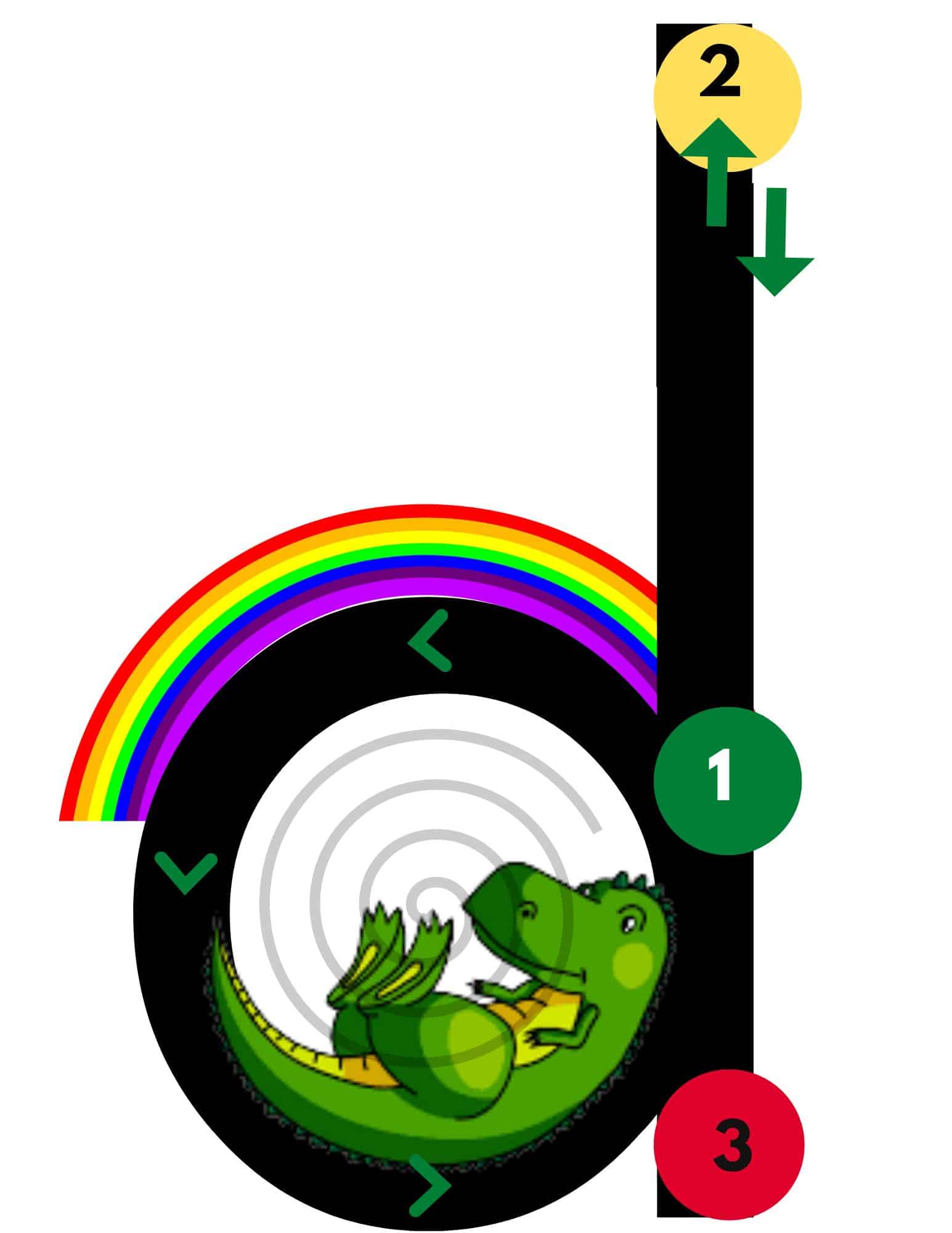
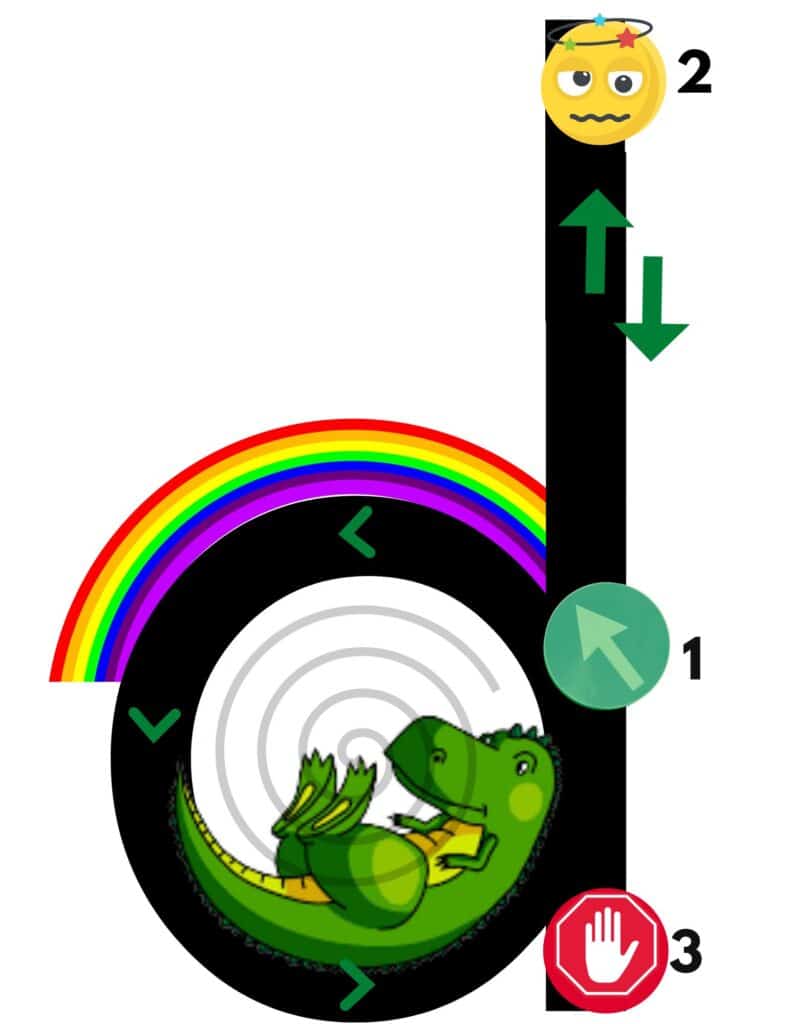
It is not uncommon for students to begin tutoring with poor or no handwriting skills – neither cursive or manuscript. In that case, I teach printing using a friendly “rainbow and slides” approach. Initially, I use micro beads or sand or other surfaces for kinesthetic reinforcement. As a student’s confidence builds, they move on to whiteboard and whiteboard pen, then to paper and pencil.
There is a scroll bar on the side of the sample. Click and scroll down to see the whole document.
There is a scroll bar on the side of the sample. Click and scroll down to see the whole document.
Direct Path to Cursive – Handwriting
I follow Don Potter’s free program for teaching handwriting. It is simple, thorough, and effective. Direct Path to Cursive
He offers many other free resources on his site. Happy browsing!
Reinforcement Activities
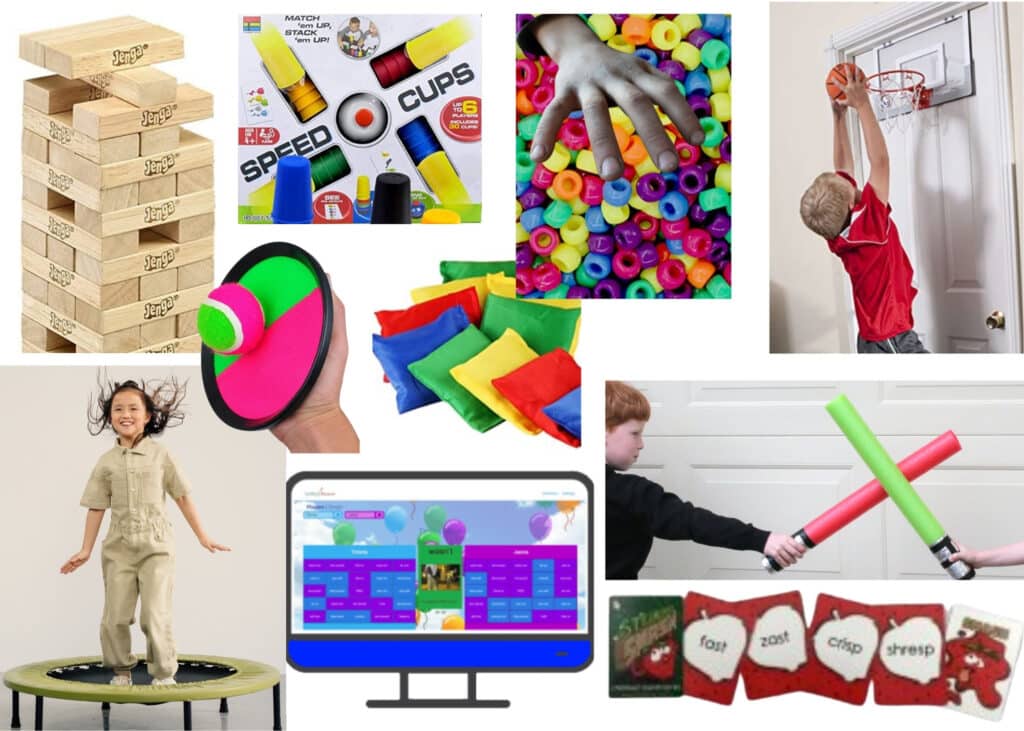
In my classroom, I use many tools to engage students. As much as possible, I give students opportunities to complete activities up and away from the desk. During the school year most of them see me after having been been in school for six hours, so I have found it expedient to build physical activities and mini “brain breaks” into my teaching. Sometimes, students prefer to “chill,” and I accommodate them with quieter activities.
It is more challenging to incorporate physical activities into online learning, but, with modifications it is possible.
Tools
- Whizzimo a digital teaching platform for multi-sensory reading and spelling instruction. Whizzimo and the Barton Reading & Spelling System have partnered to provide a cutting-edge, easy-to-use, and effective remote tutoring system for Barton students.
- Spelling Success Physical and Digital Educational Games to Reinforce Barton Reading & Spelling Lessons and the Orton-Gillingham Method.
- Dyslexia Tutoring Toolkit Barton reading and spelling digital games
- WordWall customized games for Barton, Foundation in Sounds, and Let’s Read
- Educaplay free resource which I have used for building matching games for Foundation in Sounds (WordWall also has this game)
